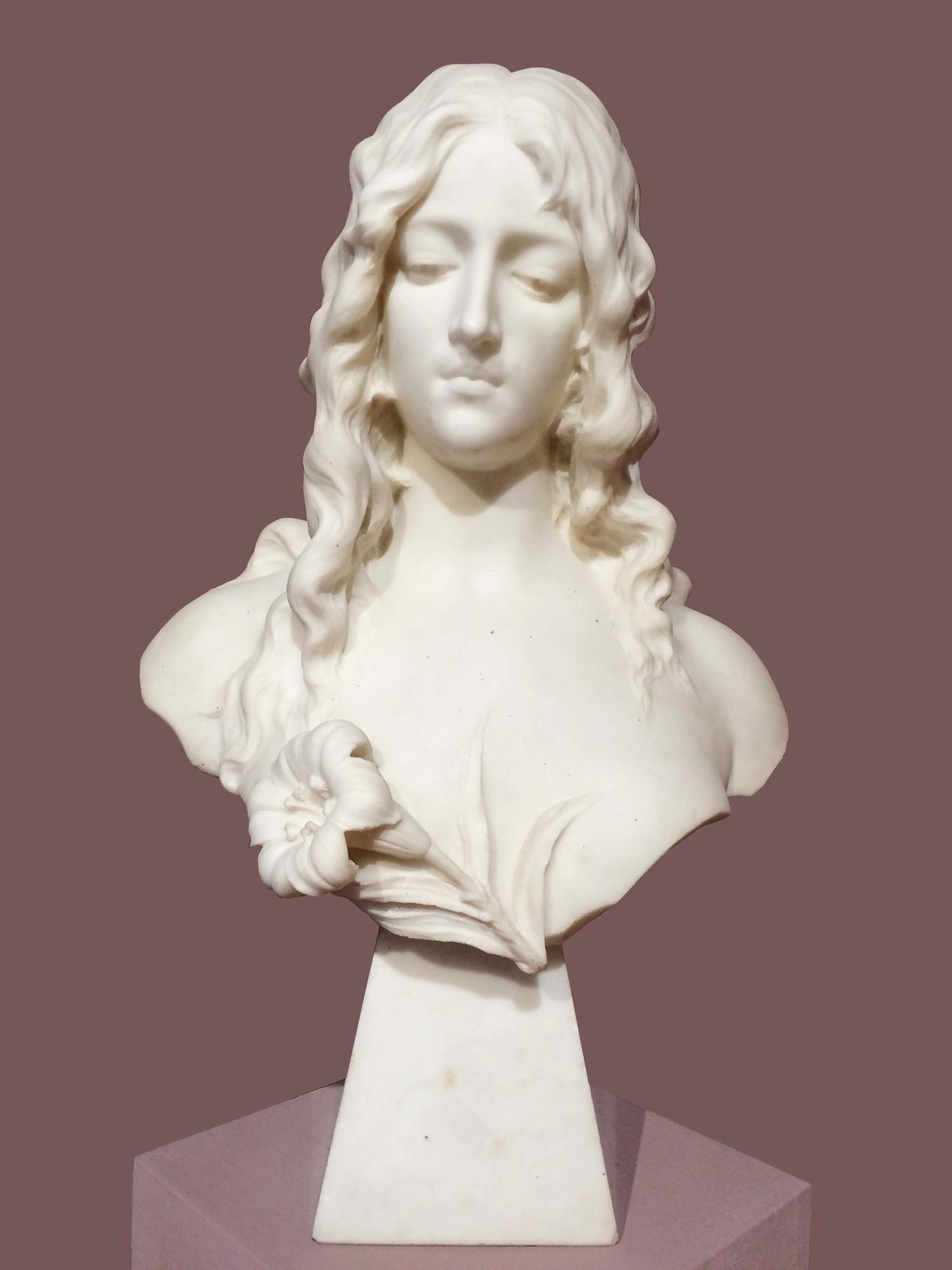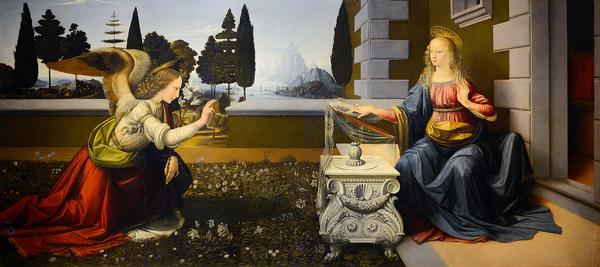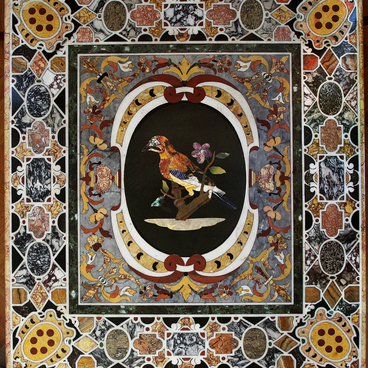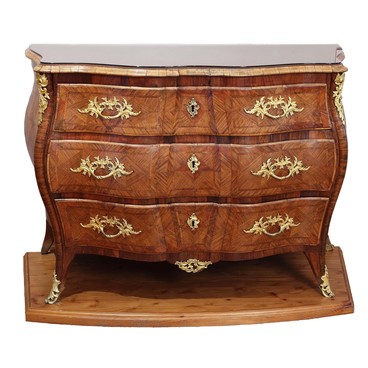The marble Bust of a Woman with a Lily was made by the sculptor Adolfo Cipriani in 1890s. Little is known about this sculpture and about Cipriani himself. In is unknown whose face features inspired the sculptor, whether a real woman was sitting for him or the artist created a generalized image of a beautiful girl. It is also unknown what the lily next to her heart was supposed to symbolize.
1 / 2
The Bust of a Woman with a Lily
Время создания
1890s
Размер
68х42х25 cm
Техника
Marble, chiseling
Коллекция
Выставка
2
Открыть в приложении#1
Adolfo Cipriani
The Bust of a Woman with a Lily
#2
#4
The Ancient Greeks believed that a lily was a sigil of Hera and Artemis, a symbol of fertility and chastity. In the Middle Ages, the flower became the blazon of the French kings: a white lily used to adorn the banner of Clovis, the founder of the French Kingdom. In Christianity the symbol had its special place: it was the flower of the Virgin Mary. The straight stem of the lily signified the Divine Intellect; the white color, chastity; the slightly drooped petals, modesty. During the Renaissance the flower was regularly painted in the pictures where the Archangel announced to the Virgin Mary that she was destined to become the Mother of Christ. In his painting The Annunciation Leonardo da Vinci placed a lily right in front of the face of the Agent: the seven flowers there mean the Number of God.
#5
Possibly, the female image by Cipriani symbolizes the Virgin Mary, while the lily at her heart signifies the Good News. However, scientists emphasize that this is far from being certain.
#7
The sculpture is made in the art nouveau style that existed from 1890s through 1910s. The style developed under the influence of the aestheticism: its followers believed that arts should not pursue any political or religious goals. Artists were supposed to change the world per laws of the beauty: every button on a garment was as important as a building or a sculpture. In art nouveau many works are dedicated to women’s beauty; female images often appear in floral ornaments.
Alfons Mucha, The Spring, 1896
#8
Artists were inspired by the idea of the unity of the whole creation; therefore, they were driven by free lines of nature. Their favorite motifs were flowers, interlacing of leaves and stems, peacock tails, curves of the swan’s neck. Continuous lines were believed to be associated with life itself, with an organism without breaks and joints. Often, elements of the pattern had symbolic significance. For instance, waterlilies and orchids could signify tragedy. The sunflower was a symbol of burning, sunlight and lust for life.
#9
Yaroslavl Museum of Fine Arts
читать дальшескрыть
00:00
00:00
1x
The Bust of a Woman with a Lily
Время создания
1890s
Размер
68х42х25 cm
Техника
Marble, chiseling
Коллекция
Выставка
2
Открыть в приложении
Поделиться





